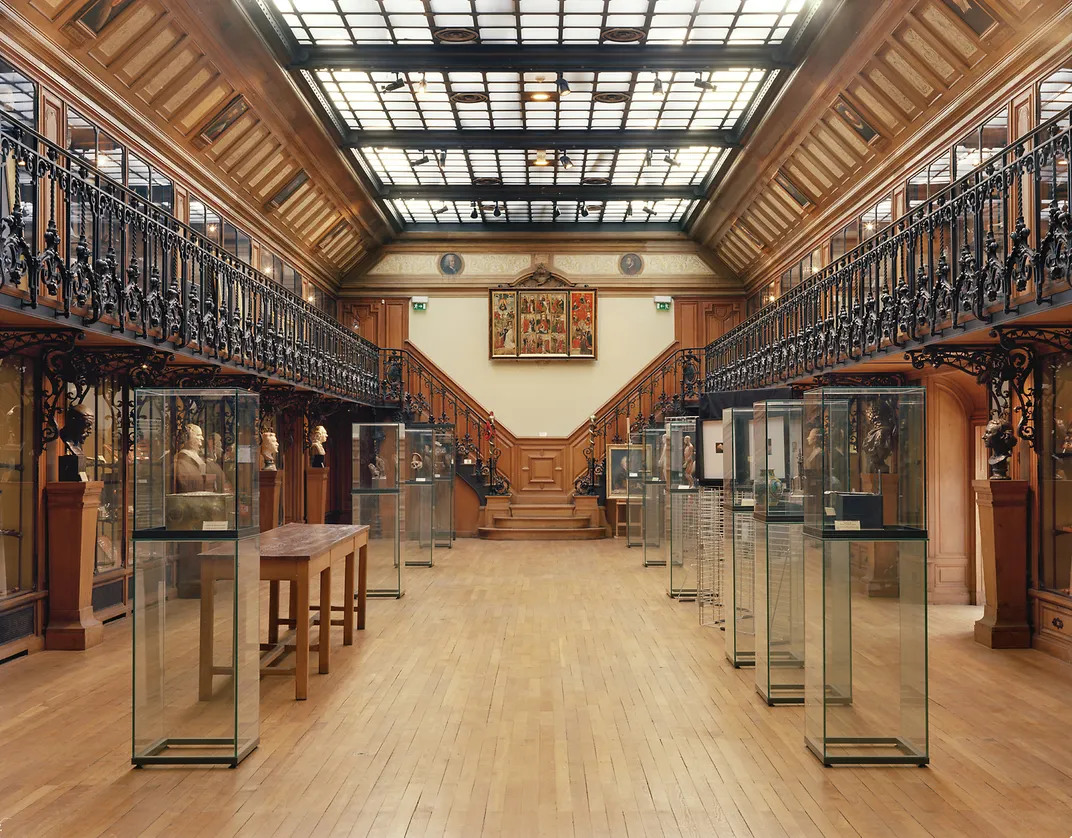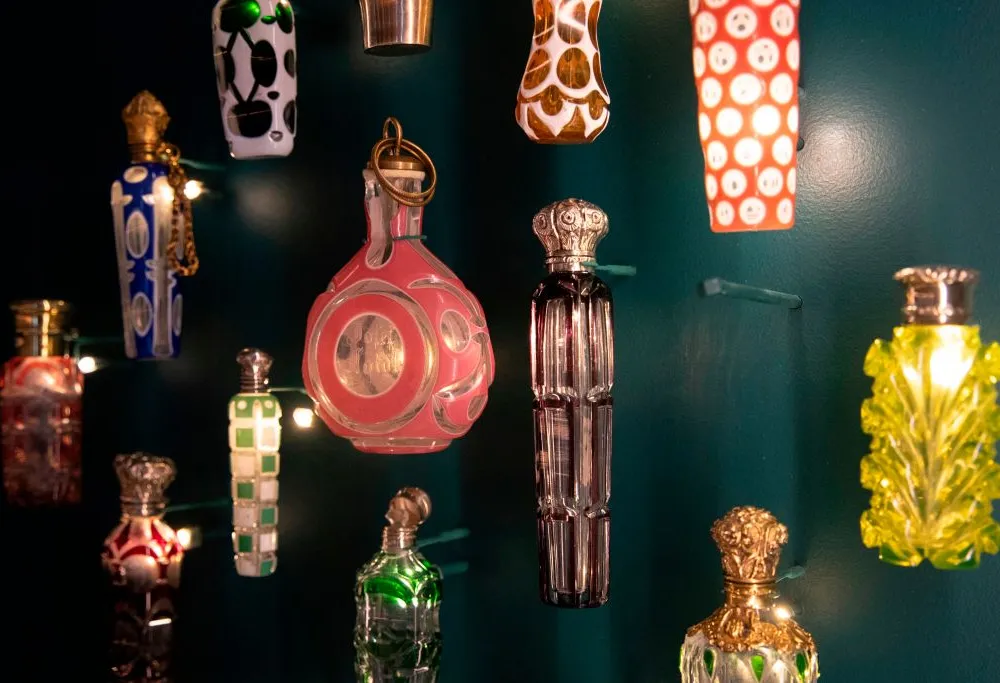The Museum of Perfume, presented by Paris’ Fragonard Perfumery, is dedicated to exploring the methodology and history behind perfume making.
Thomas Samson/AFP via Getty Images
From the Louvre to the Musée d’Orsay, there’s no question that Paris has some of the best museums in Europe. But not all of the city’s cultural institutions are world-famous.
Just under the radar fly many smaller Parisian museums that make space for the fantastic, the gritty and the unexpected. At the Museum of the History of Medicine, the gallery is filled with nightmarish surgical equipment, while fragrances rare and beautiful bloom at the Museum of Perfume. At the Museum of Magic, the secrets of magicians and spiritualists are kept under lock and key, while inside the Museum of Fairground Arts, a historic warehouse full of vintage carnival rides and games, “visitors are transported to a magical otherworld where they can learn while rediscovering their childlike spirit,” says its general manager, Clémentine Favand.
From tunneling into the subterranean sewer system to shining light on the discovery of radiation, these eight weird and wonderful Parisian museums are well worth a visit during the 2024 Summer Olympics and beyond.
Museum of the History of Medicine
Museum of the History of Medicine Emile Barret via Wikimedia under CC BY-SA 4.0
The Museum of the History of Medicine isn’t meant to be gruesome, but it just can’t help itself. “The collections exhibited are concentrated on surgical instruments and other medical apparatuses, especially those from the 16th to the 19th century,” says Andréa Barbe-Hulmann, the museum’s curator. It was in those long dark days before anesthesia that doctors and surgeons relied on tools that, while innovative for the time, look today more like torture devices than medical aids: hand saws, crude mechanical respirators, guillotine-like amputation devices and limb-replacing metal prostheses. Among the collection’s most prized artifacts, says Barbe-Hulmann, are “the scalpel used for King Louis XIV’s fistula operation in 1686, and the wooden anatomical dummy ordered by General Napoleon Bonaparte in Italy in 1796.” Each is laid out in glass cases lining the long, cavernous hall on the second floor of Paris Cité…
Click Here to Read the Full Original Article at Travel | smithsonianmag.com…
